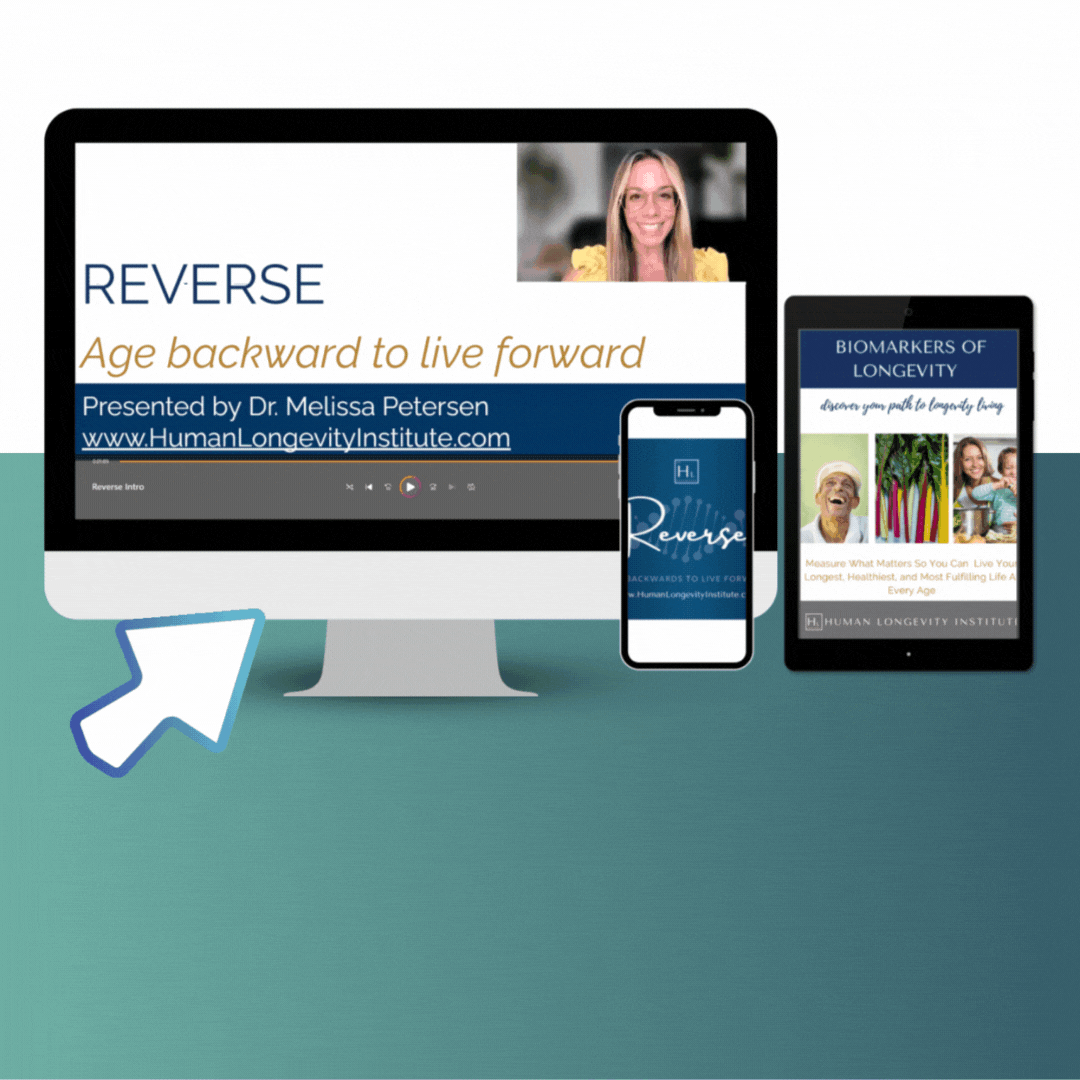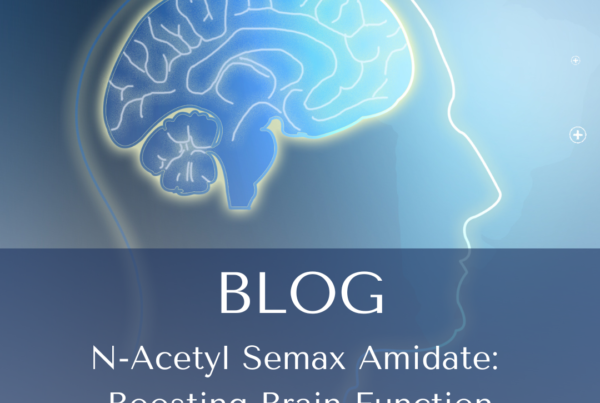The 1-2-3 of Longevity Lifestyle Medicine: A Proactive Guide to Aging Backwards
At the forefront of health innovation, longevity lifestyle medicine offers a strategic framework to enhance life quality and extend lifespan. At the Human Longevity Institute, we equip clinicians and support clients with a scientifically grounded, three-step process designed to attenuate aging and maximize vitality.
Here is an in-depth look at this transformative approach.
Step 1: Remove the Inflammaging Burden
In today’s modern environment, the human body has become over burned with toxicants that impair natural cellular health and function. Before the body can heal, it is essential to improve the environment to better send and receive key signals for healing to occur. In this phase, its all about reducing and removing the chemical and environmental stressors that are overloading the body and inhibiting the full expression of health.
“Inflammaging” refers to chronic, low-grade inflammation that accelerates aging by increasing systemic methylation and reducing genomic accessibility, which impairs DNA replication and repair. Addressing this involves the strategic removal of toxins and senescent cells, which exacerbate tissue dysfunction and age-related diseases.
Senescent Cells: These cells cease to divide and emit inflammatory factors that compromise tissue function and contribute to age-related pathologies. Studies demonstrate that their removal can significantly delay tissue dysfunction and extend healthspan (1).
Detoxification: Enhancing phase 1 and phase 2 detoxification pathways in the liver is critical. These pathways convert toxins into less harmful compounds that are more easily excreted, thereby mitigating inflammaging and reducing the risk of chronic diseases (2).
Step 2: Replenish What the Cells Need
Once the inflammatory load is lessened and the toxins are out, it is time to replenish the system with what it needs to heal, repair and thrive. Optimal cell function requires precise nutritional support, providing cells with the amino acids, fatty acids, vitamins, and minerals necessary for repair and vitality.
Mitochondrial Health: Mitochondria, the cellular power plants, depend on nutrients like methylated B-vitamins, magnesium, and coenzyme Q10 for peak performance. Effective mitochondrial function not only boosts energy production but also diminishes oxidative stress, a major aging factor (3).
Cell Membrane Efficiency: The integrity of cell membranes is essential for nutrient intake and waste output. Incorporating essential fatty acids and antioxidants is crucial to maintaining cellular efficiency and overall health.
Step 3: Revitalize the System
The final step focuses on revitalizing the body through lifestyle modifications, molecular interventions, and advanced longevity medicine technologies. This goes beyond treating a problem to optimizing the full expression of health that exists within the body allowing for enhanced healthspan and lifespan.
Lifestyle Practices: Key lifestyle pillars such as optimized fitness, nutrition, sleep, and stress management can significantly extend healthspan and reduce mortality risk. However, the personalization of these practices is essential, as genetic and epigenetic factors must guide the customization of dietary and exercise regimens (4).
Advanced Therapies: Peptide therapy, including the use of epitalon, has been shown to regulate metabolism and stimulate telomerase activity, potentially extending cell life by promoting telomere elongation. Hormone rebalancing plays a critical role in maintaining metabolic and cardiovascular health as we age. Additionally, regenerative treatments like PRP and stem cell therapy offer promising avenues for repairing age-related tissue damage and promoting functional rejuvenation (5).
Integrating a Scientific Approach
This structured three-step approach forms the backbone of longevity lifestyle medicine, aiming not just to lengthen life but to enrich its quality. By integrating strategic lifestyle changes with cutting-edge therapies, it is possible to significantly bolster the body’s innate healing and regenerative capacities.
Embracing longevity medicine and precision lifestyle solutions represents a proactive journey toward revitalized health and extended vitality. This approach ensures that every intervention is precisely tailored to individual genetic profiles, optimizing both health outcomes and life quality.
1.Rumiana Tenchov, Janet M. Sasso, Xinmei Wang, and Qiongqiong Angela Zhou
Aging Hallmarks and Progression and Age-Related Diseases: A Landscape View of Research Advancement. ACS Chemical Neuroscience 2024 15 (1), 1-30
DOI: 10.1021/acschemneuro.3c00531
2.Zimniak P. Detoxification reactions: relevance to aging. Ageing Res Rev. 2008 Dec;7(4):281-300. doi: 10.1016/j.arr.2008.04.001. Epub 2008 May 2. PMID: 18547875; PMCID: PMC2671233.
3.Chen Y, Michalak M, Agellon LB. Importance of Nutrients and Nutrient Metabolism on Human Health. Yale J Biol Med. 2018 Jun 28;91(2):95-103. PMID: 29955217; PMCID: PMC6020734.
4.Lee J, Papa F, Jaini PA, Alpini S, Kenny T. An Epigenetics-Based, Lifestyle Medicine-Driven Approach to Stress Management for Primary Patient Care: Implications for Medical Education. Am J Lifestyle Med. 2019 May 9;14(3):294-303. doi: 10.1177/1559827619847436. PMID: 32477032; PMCID: PMC7232902.
5.Zhang Y, Chen H, Huang C. Optimizing health-span: advances in stem cell medicine and longevity research. Med Rev (2021). 2023 Oct 10;3(4):351-355. doi: 10.1515/mr-2023-0040. PMID: 38235402; PMCID: PMC10790209.







